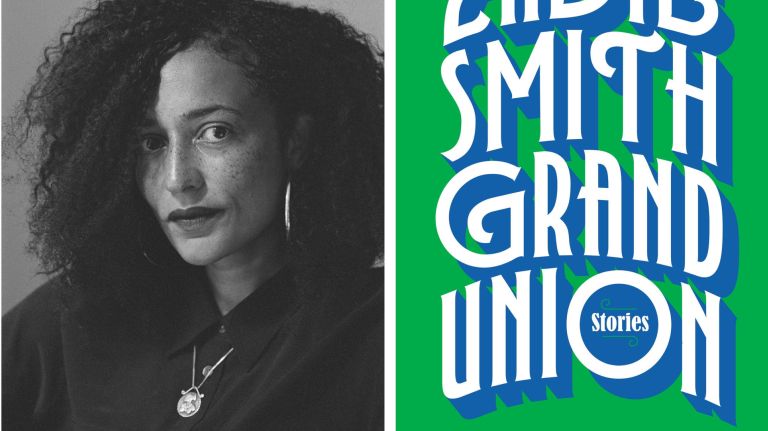
Zadie Smith’s debut story collection, “Grand Union” (out Tuesday), vividly showcases her fluent imagination, exploring the realm from traditional narrative to metaphorical exposition, from fiction to nonfiction.
When she’s at her best, Smith ("Swing Time," "On Beauty") can subsume the reader into her worlds from the outset. You almost feel as if you’re reading a novel, only to be shocked — and occasionally disappointed — when a story is over too quickly.
Eleven of these 19 works are new, and they find Smith experimenting more with form, such as the creation soliloquy “Blocked,” which could spring equally from the mind of a god or that of a frustrated writer; and the oral history “For the King,” autofiction set in Paris that could almost be a racy outtake from Rachel Cusk’s “Outline" trilogy.
The highlight is the immensely affecting “Kelso Deconstructed,” which fictionalizes the last day of Kelso Cochrane’s life. The real-life Antiguan immigrant to the UK was murdered by white youths in Notting Hill in 1959. Smith mentions newsreel footage of the funeral, which alerts the unknowing reader that the heart-wrenching story is true.
The previously published stories are generally lengthier and feel more developed. They are often splendidly good, particularly “Miss Adele Amidst the Corsets,” a riotous tale of identity, insecurity, judgment and misjudging; and “Meet the President!,” an almost sci-fi story of a privileged teen wandering through his personal augmented reality while — in the real world — he leads a lower-class girl to her sister’s funeral.
It is harder, however, to recapture the amusement of “Escape From New York,” which follows Michael Jackson, Elizabeth Taylor and Marlon Brando as they flee the city on 9/11, particularly against the backdrop of stronger, more culturally current stories like “Now More Than Ever” and “Downtown.”
































